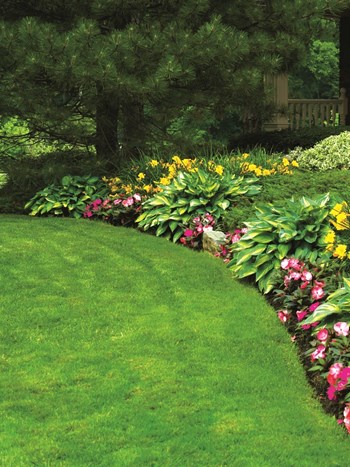
In the face of rising water costs, maintenance costs, and a continued depressed housing market, many community associations are finding long-term savings through new landscape strategies that also help our environment. Eco-friendly landscaping practices are not just the domain of the nature lover anymore. They can mean significant returns on your investment.
Aesthetics and Ecology
The implementation of an eco-friendly landscaping strategy does not mean only using tall grasses or having a loose unkempt look on your property. “We use many kinds of eco-friendly landscape solutions,” says Gary Goldman, president of G&M Landscape in Sherborn, Massachusetts.
There are many strategies available and HOAs considering these types of strategies have a long-term goal in mind: to save money and help the environment, according to Tom Lupfer, a landscaper and the chairman of the Sustainable Landscaping Committee for the Landscaping Contractors Association chapter in Illinois. “Sustainable landscaping is not a design style, it is a thought process,” says Lupfer. “You can have anything from a formal landscape design to a tall grass prairie or anything in between. If you manage it carefully and appropriately, you can have a large amount of turf grass. You don’t have to give up the lawn to be sustainable.”
“The whole picture can be addressed,” continues Lupfer. “You need to make sure you are doing things according to best practices. For example, we use compost teas instead of synthetic fertilizer and pesticide use, which also saves a lot of money.”
There are a few common themes in eco-friendly landscaping—one of which is planting trees and shrubs that have a history of thriving in a New England environment.
Ellen Sousa, author of The Green Garden: The New England Guide to Planning, Planting and Maintaining the Eco-Friendly Habitat Gardenagrees. Her philosophy is that you should always “choose plants suited for your particular site conditions, rather than trying to change your conditions to suit certain plants,” she says. “Globe Thistle (Echinops ritro) is a great plant for New England gardens. Its striking blue flowers attract butterflies and pollinators, and American goldfinches love picking at the seeds later in the year. Globe Thistle is easy to grow in a well-drained area with full sun. We should let go of the idea that we need fussy, high-maintenance exotic plants in order to have a beautiful garden.”
The New England Wildflower Society (www.newfs.org) has a comprehensive list of New England’s native plants. These lists include herbaceous varieties as well as trees and shrubs. The society is devoted to conserving and promoting the region’s native plants to ensure healthy, biologically-diverse landscapes.
Some Meaningful Strategies
Common issues to address include appropriate plantings and storm water runoff. “When you are redesigning it is critical to put the right plant in the right place,” says Lupfer. “If the bushes under the window have been trimmed five times this year, that’s because they are not right for that place,” he explains.
And eco-friendly landscaping can mean thinking creatively to save money, adds Lupfer. “If you use your money to transplant that bush to another spot and put in a plant that suits that spot, you will save money in the long run. A careful review of the current maintenance program can yield hidden opportunities to save money. A change here will free up resources to invest in other areas.”
One of the first things to be put on the chopping block is the ubiquitous lawn, although they don’t necessarily have to go. Lawns usually require copious amounts of fertilizer and pesticides, which are generally applied as chemicals on a regular schedule. Creating a healthy environment is much like creating a healthy body: the more toxins that are added, the poorer the systems will function, leading to eventual breakdown.
Moderate use of chemicals is another major factor in eco-friendly landscaping practices, says Goldman. “Pesticide applications to lawns are becoming a big no-no. We don’t use pesticides unless it is absolutely necessary and even then you should just spray the troubled area and never do a blanket spray.”
“When you put down herbicides, for example, you kill not only the harmful elements, but many of the beneficial microbes that foster life and growth in the soil,” adds Lupfer. “The soil becomes barren, in a way, and has to be supplemented artificially, which means more chemicals.”
Using the right equipment is also paramount, Goldman says. “More and more companies are coming out with machines that are eco-friendly, for example, propane-driven lawn mowers, so there are no harmful fuels. When I get a bid for my landscape company, clients will ask what type of equipment I have, in terms of noise level and fuel usage. You see more and more companies putting out electric and propane equipment to eliminate these types of problems.
Storm water runoff is a major area of concern for eco-friendly landscapes. “Rain gardens are becoming very popular,” says Debbi Edelstein, executive director of the New England Wild Flower Society in Framingham, Massachusetts. “The water you use in rain gardens will feed back into the soil and not run off the site. That way, nature is managing the water. You don’t have to manage the water when the site has been designed properly by making it a sustainable landscape. When you make a sustainable landscape you make a maintenance-free landscape.”
Money Talks
In difficult economic times like the ones we have seen recently, it can be a struggle to convince people to consider redesigns that may be seen as expensive or outside the traditional idea of a residential landscape. But these solutions help save money as much as help the environment.
Community associations can save through a variety of ways, says Edelstein. “By using native plants, you’ll save money on water costs,” she says. “When you use native grasses instead of non-native grasses, it requires less maintenance. These plants are adapted to the New England climate and soil; therefore, they require fewer inputs, they require less watering. They also look like they belong. If you want your region to look like your region, native plants will help you do that. They are part of the food chain. You can also feed them with compost tea instead of with fertilizers and pesticides. When you are chemical-free that saves you a ton of money.”
“Another way to save money is by keeping control of irrigation, only watering when water is needed instead of according to a timer,” says Lupfer. “You can save 60 to 70 percent on your water bill. You don’t have to put in new systems or spend any money up front. This is something everyone can do right now.”
“Additionally, HOAs can save money through materials management,” continues Lupfer. “Many HOAs bring in large amounts of bulk items like mulch, and often the mulch layer is still intact. I’ve seen hundreds of yards of mulch brought in for sites that already have enough mulch. The two- or three-inch layer of mulch can actually be bad for plantings if it piles up and strangles them. The reason that people usually want more mulch is aesthetic, so we can use dye on the existing mulch to freshen it up at a much lower cost, making it look new.”
Phasing and Timelines
Major overhauls can be expensive and physically disruptive to sites where entire areas are being re-landscaped. In addition, starting small may be a good way to acclimate residents to a new aesthetic or landscape strategy. Experts acknowledge that working with someone who knows what they are doing is essential to the success of any project. “It’s preferable to work with a designer,” says Edelstein, “or someone who is very knowledgeable able about local plant communities.”
“It’s always a good idea to find a professional who is up to speed on environmentally-friendly landscaping and sustainable practices,” Edelstein continues. “One of the main reasons to go with a professional is because most of them have done their homework and the combination of science and aesthetics. The science of how to root trees for instance—and they’ll know how to plant things so they’ll survive more.”
Phasing can serve another purpose, as well: educating the client, says Lupfer, who advises slowly implementing changes over time. “Once you have established a track record of trust that you will produce a beautiful, as well as ecologically-conscious landscape, people will be more likely to trust you with ideas that are further outside the box of what they expect from a landscape plan. They get it. For example, the first year, I will recommend planting perennial bulbs instead of tulips, and change the fertilizing program. The next year we continue transitioning to a more sustainable landscape and maintenance plan.”
Doing a project in phases also eases the financial burden of installation, says Lupfer. “The cost of new construction is large. The initial investment can seem overwhelming but it should be incorporated into your reserve studies. You can see that over five, 10, 50 years, the savings of a sustainable landscape will come back to you. A good example is permeable pavers. They are more expensive going in, but have a 50-year life span. Plus you gain more usable land, since you require less land for drainage solutions like retention ponds or drains.”
“The whole goal of moving toward sustainability is to subtly change it into a more vibrant-looking landscape and create a healthier environment. It should be a process of transitioning from a traditional landscape to a more sustainable one. A healthier landscape means that plants don’t need as much attention, since they are growing as they should and are not afflicted by disease and don’t need artificial food to keep them alive and flourishing.”
Denton Tarver is a freelance writer and a frequent contributor to New England Condominium. Staff Writer Christy Smith-Sloman contributed to this article.



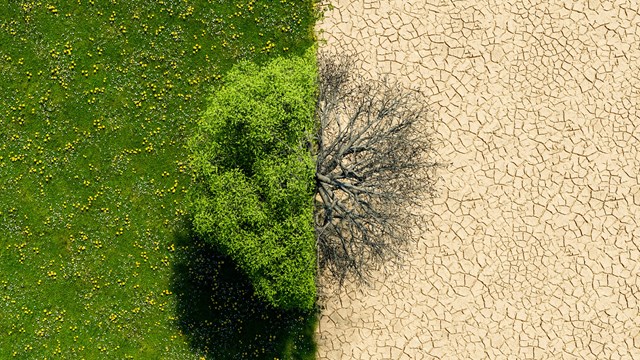

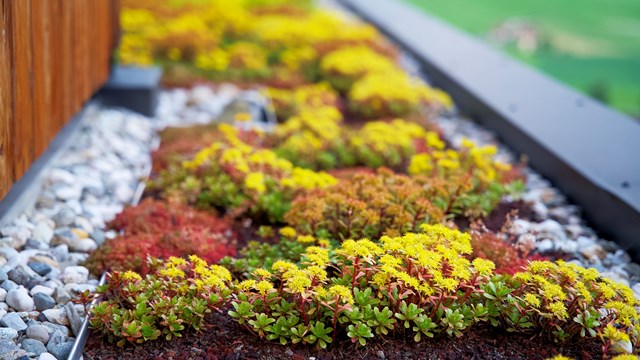
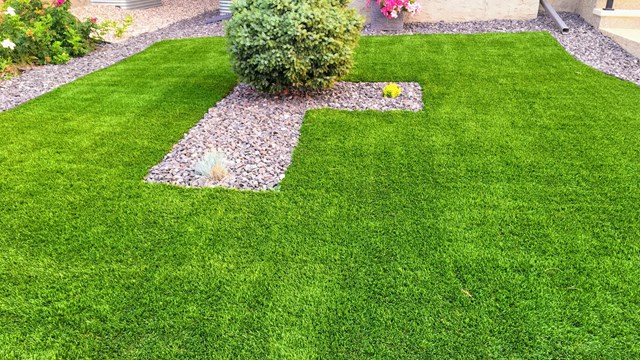
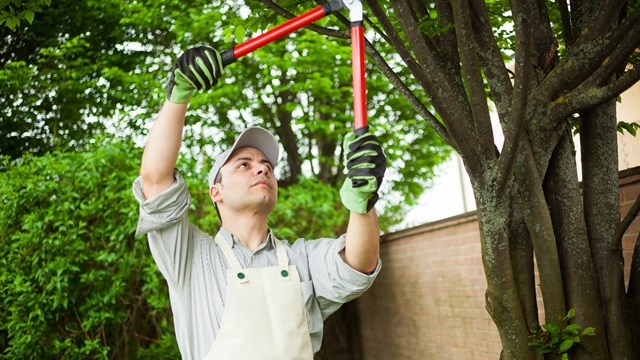
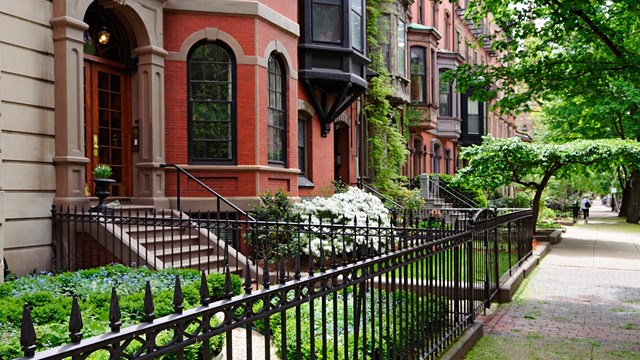
Leave a Comment